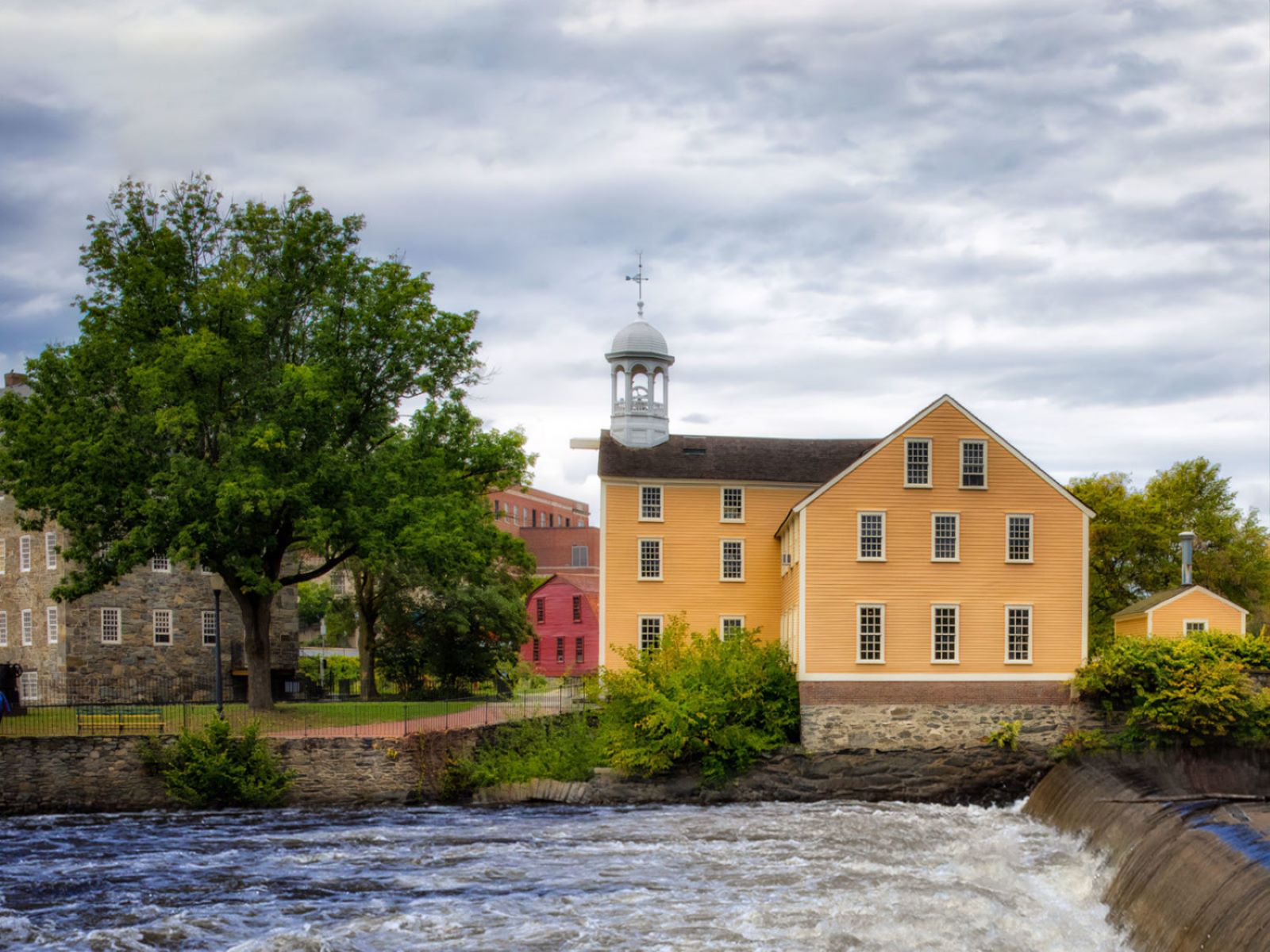Rhode Island’s Secret Slater Mill Birthplace Of Industry

Ever wondered where America's industrial revolution began? Slater Mill in Pawtucket, Rhode Island, holds the answer. This historic site marks the birthplace of the American textile industry. In 1793, Samuel Slater, an English immigrant, built the first successful water-powered cotton-spinning factory here. His innovation sparked a wave of industrial growth across the nation. Today, Slater Mill stands as a testament to this transformative era. Visitors can step back in time, exploring the mill's machinery and learning about the lives of early factory workers. It's a fascinating glimpse into a pivotal moment in history, right in the heart of Rhode Island. Whether you're a history buff or just curious, Slater Mill offers a unique journey into the past, showcasing the ingenuity and determination that shaped modern America.
Discovering Slater Mill: A Glimpse into History
Slater Mill in Rhode Island isn't just any old building. It's where America's Industrial Revolution took off. This place tells the story of how machines changed everything. Let's explore the hidden gems around this historic site.
1. Slater Mill Museum: Where It All Began
The Slater Mill Museum is the heart of this historic site. Here, you can see the original machinery that powered the first cotton mill in America. It's like stepping back in time to the late 1700s.
- Interactive Exhibits: Get hands-on with history. Try out the machines and see how they work.
- Guided Tours: Learn from experts who know all about the mill's past.
- Historic Artifacts: Check out tools and items used by workers long ago.
2. Wilkinson Mill: Engineering Marvel
Next to Slater Mill, Wilkinson Mill stands as a testament to early American engineering. Built in 1810, this mill showcases the evolution of industrial technology.
- Water Wheel: See the massive water wheel that powered the mill.
- Machine Shop: Discover how precision tools were made.
- Exhibits on Innovation: Learn about the advancements that took place here.
3. Sylvanus Brown House: Life in the 18th Century
The Sylvanus Brown House offers a peek into everyday life during the Industrial Revolution. This restored home belonged to a craftsman who worked at the mill.
- Period Furnishings: Experience what homes looked like in the 1700s.
- Craft Demonstrations: Watch artisans create goods using traditional methods.
- Gardens: Stroll through the gardens that provided food and herbs for the household.
4. Blackstone River: Powering Progress
The Blackstone River played a crucial role in the success of Slater Mill. Its waters powered the machinery that transformed raw cotton into fabric.
- Riverwalk: Enjoy a scenic walk along the riverbanks.
- Kayaking: Paddle through history on the same waters that fueled the mill.
- Wildlife Watching: Spot birds and other creatures that call the river home.
5. Old Slater Mill Park: Relax and Reflect
After exploring the historic sites, unwind at Old Slater Mill Park. This peaceful spot offers a chance to relax and reflect on the area's rich history.
- Picnic Areas: Enjoy a meal surrounded by nature.
- Walking Trails: Take a leisurely stroll through the park.
- Historic Markers: Learn more about the site's significance through informative plaques.
Discovering the Legacy of Slater Mill
Slater Mill stands as a testament to Rhode Island's pivotal role in the Industrial Revolution. This historic site offers a glimpse into the past, showcasing the ingenuity and determination that fueled America's transformation into an industrial powerhouse. Visitors can explore the mill's machinery, learn about the lives of the workers, and understand the impact of this innovation on society. The mill's preservation allows us to appreciate the craftsmanship and technological advancements of the era. As you walk through its halls, you can almost hear the hum of the machines and feel the energy of a time when industry was king. Slater Mill is more than just a museum; it's a reminder of the spirit of progress and the power of human creativity. Whether you're a history buff or just curious, this site offers a unique experience that connects us to our industrial roots.

